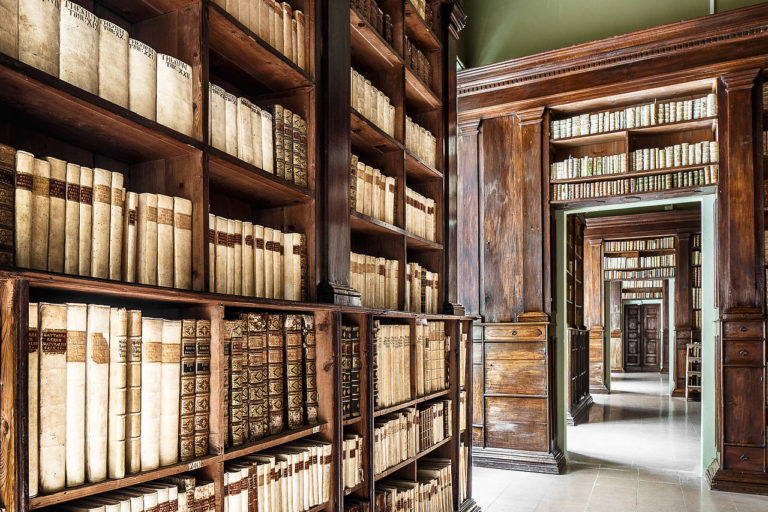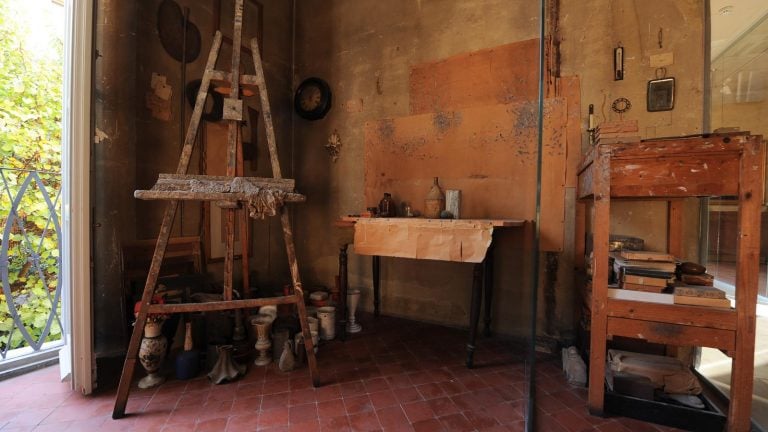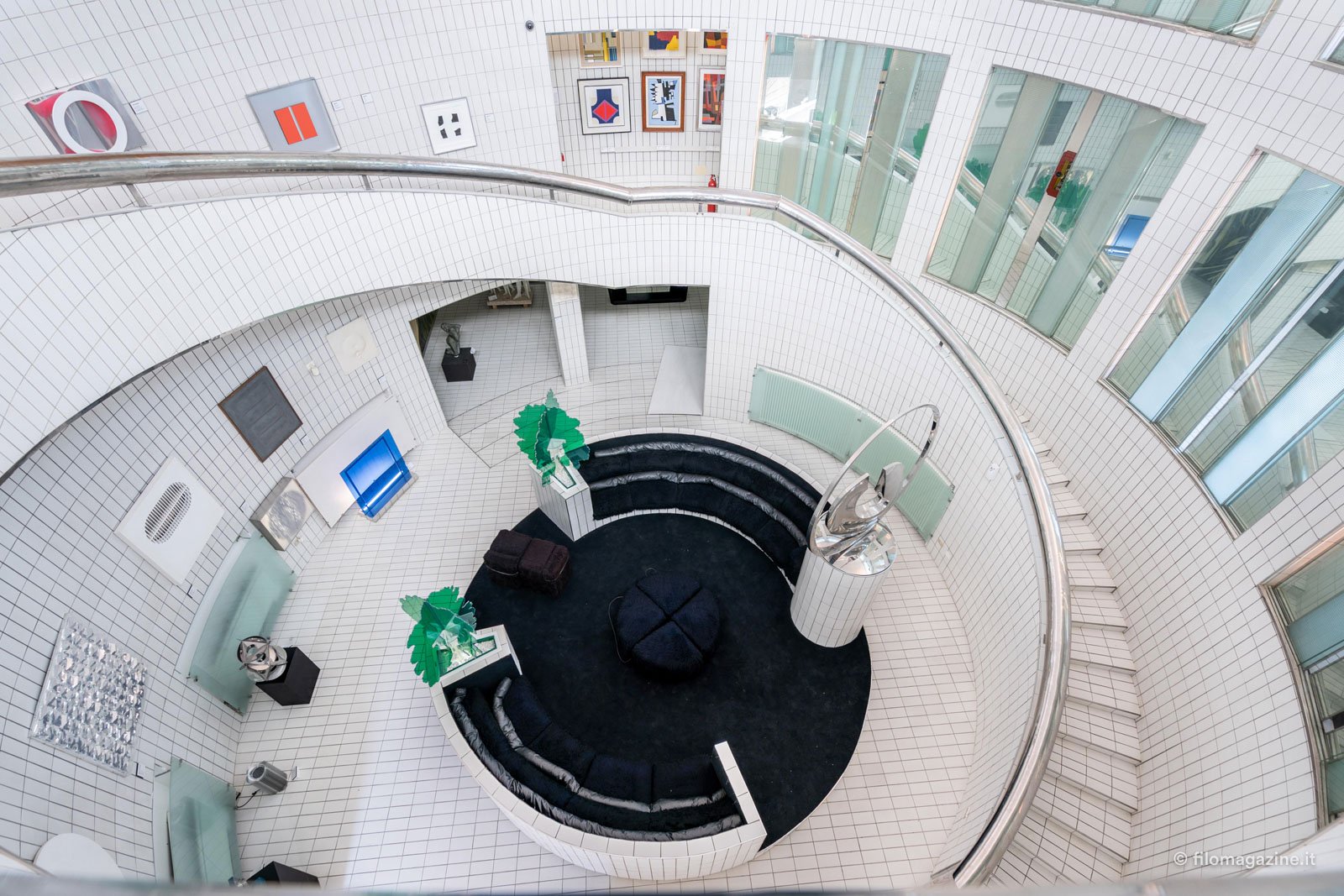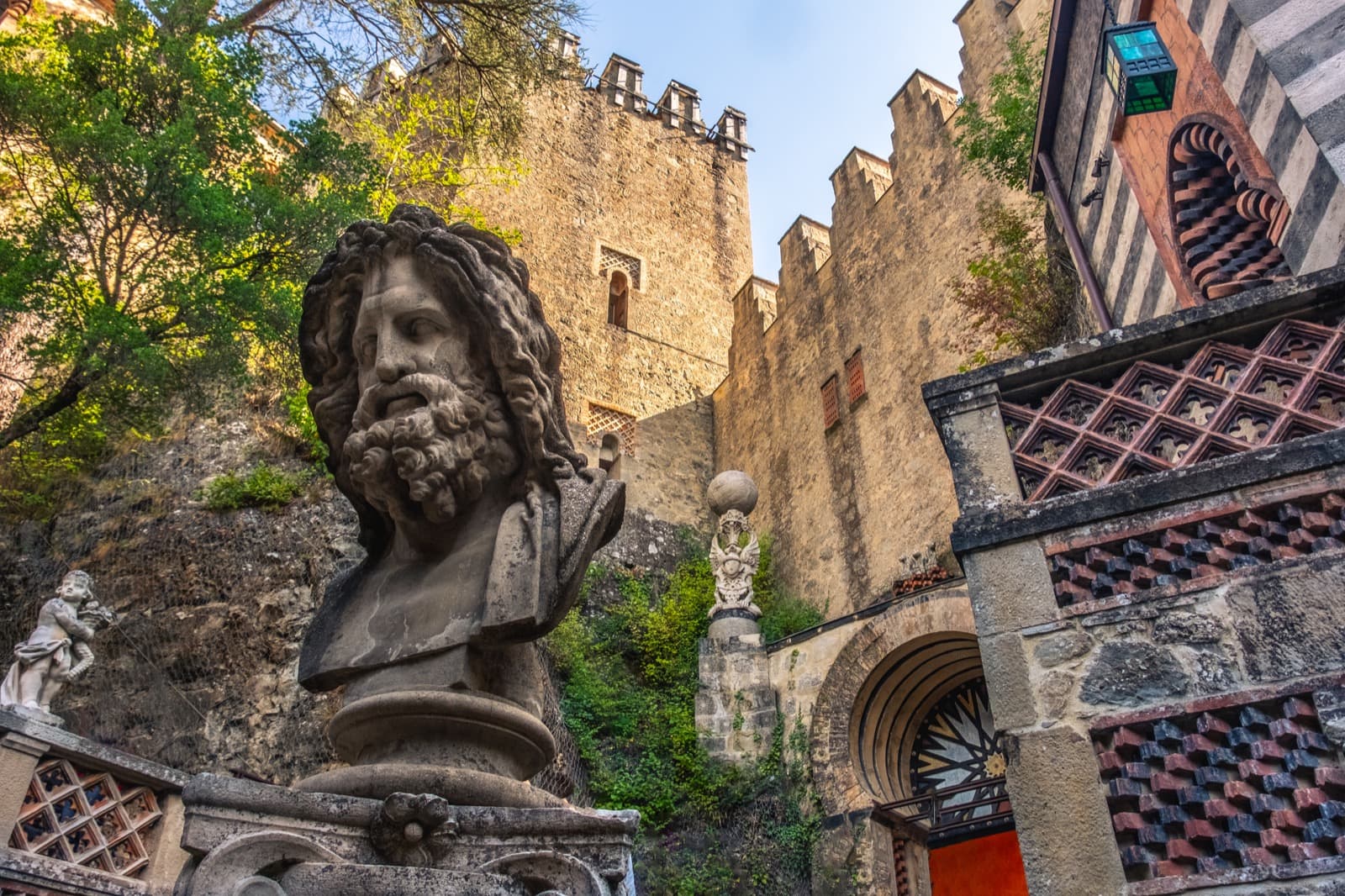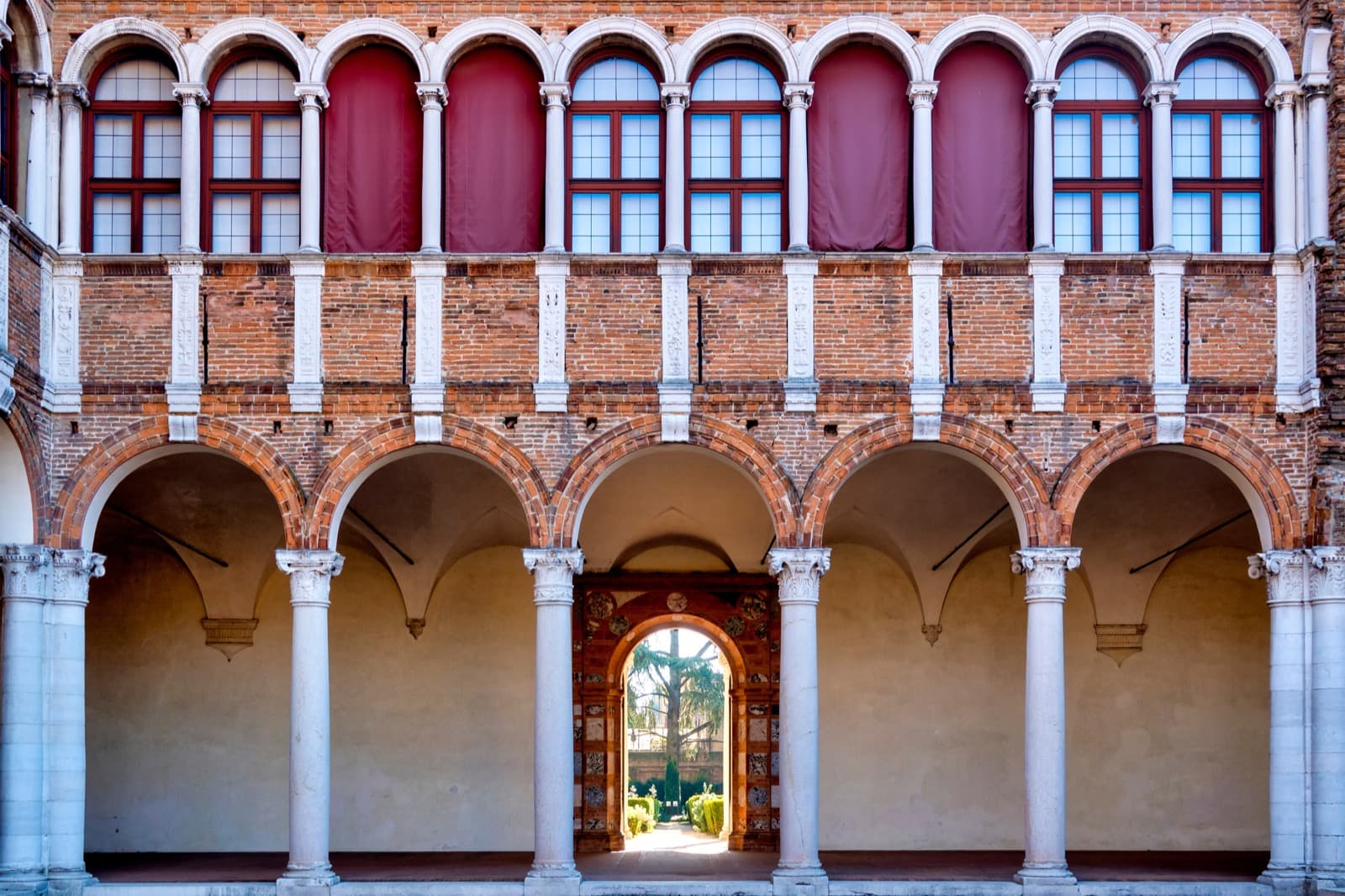Among the many UNESCO World Heritage sites in Emilia-Romagna, there is a magical and captivating place waiting to be discovered: the Malatestiana Library in Cesena. This extraordinary library is a true treasure chest of culture that has preserved human knowledge for nearly 600 years.
In 2008, the Malatestiana was added to the Memory of the World Register, a prestigious international honour that recognises the world’s most valuable archives and historical documents. But why has it received this recognition? It is due to its exceptional collection of ancient manuscripts and its vital role in the transmission of knowledge.
The Malatesta Library is the only example in the world of Humanistic Library perfectly preserved in the building, in furnitures and book equipment.
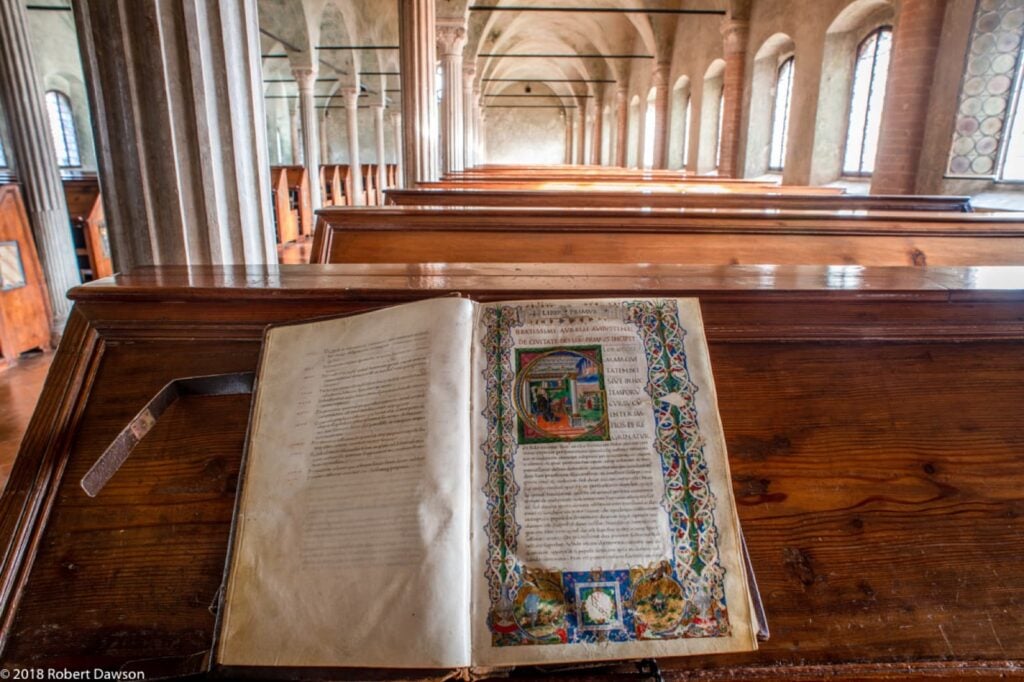
A Fascinating Story from the Heart of the 15th Century
The Malatestiana Library dates back to the 1400s. At that time, the Franciscan friars of Cesena were running out of space for their ever-expanding collection of manuscripts. Seeking a solution, they approached Domenico Malatesta, the city’s ruler, who agreed to help and commissioned Matteo Nuti, a pupil of the renowned Leon Battista Alberti, to design the new library.
The new library was completed in just seven years, between 1447 and 1454 — a simple yet harmonious space, thoughtfully designed for study and the careful preservation of texts.

Back then, the printing press wasn’t widely used yet. The only places where books could be copied, read and circulated were monastic libraries, where monks painstakingly reproduced manuscripts by hand, combining precision and patience with the refined art of miniature.
Monastic libraries such as the Malatestiana played a vital role in preserving and passing on ancient knowledge. Greek philosophy, Latin literature and Roman law, for example. In other words, much of the classical heritage that we can read today has survived thanks to these centres of careful transcription and preservation.
What to See at the Malatestiana Library
A visit to the Malatestiana Library is like stepping into a world of suspended time, filled with hushed silence and soft light. In the evocative Sala dei Nuti, with its three aisles reminiscent of a Romanesque basilica, the quiet spirituality and humble elegance of Franciscan life can still be felt.
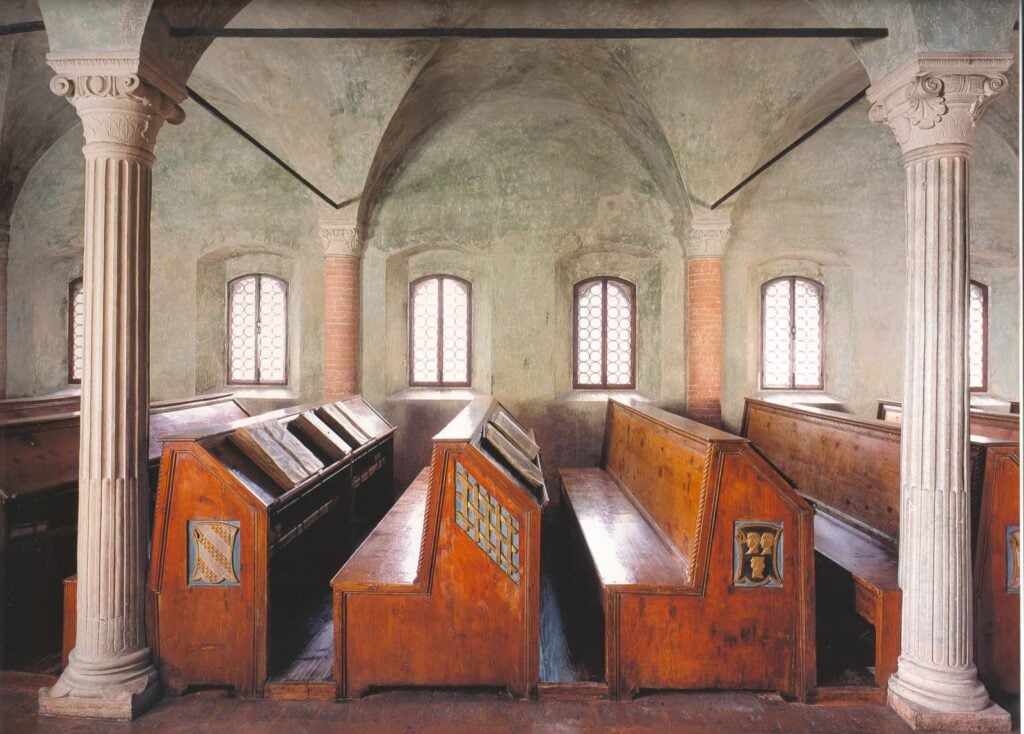
Pause for a moment, close your eyes and let the surreal silence wash over you and you may imagine the friars in their robes, hunched over their desks copying texts and painting delicate miniatures. In the dim shadows of the colonnade, you can almost sense the immense labour of translation, cataloguing and archiving — the quiet work of preserving human knowledge.
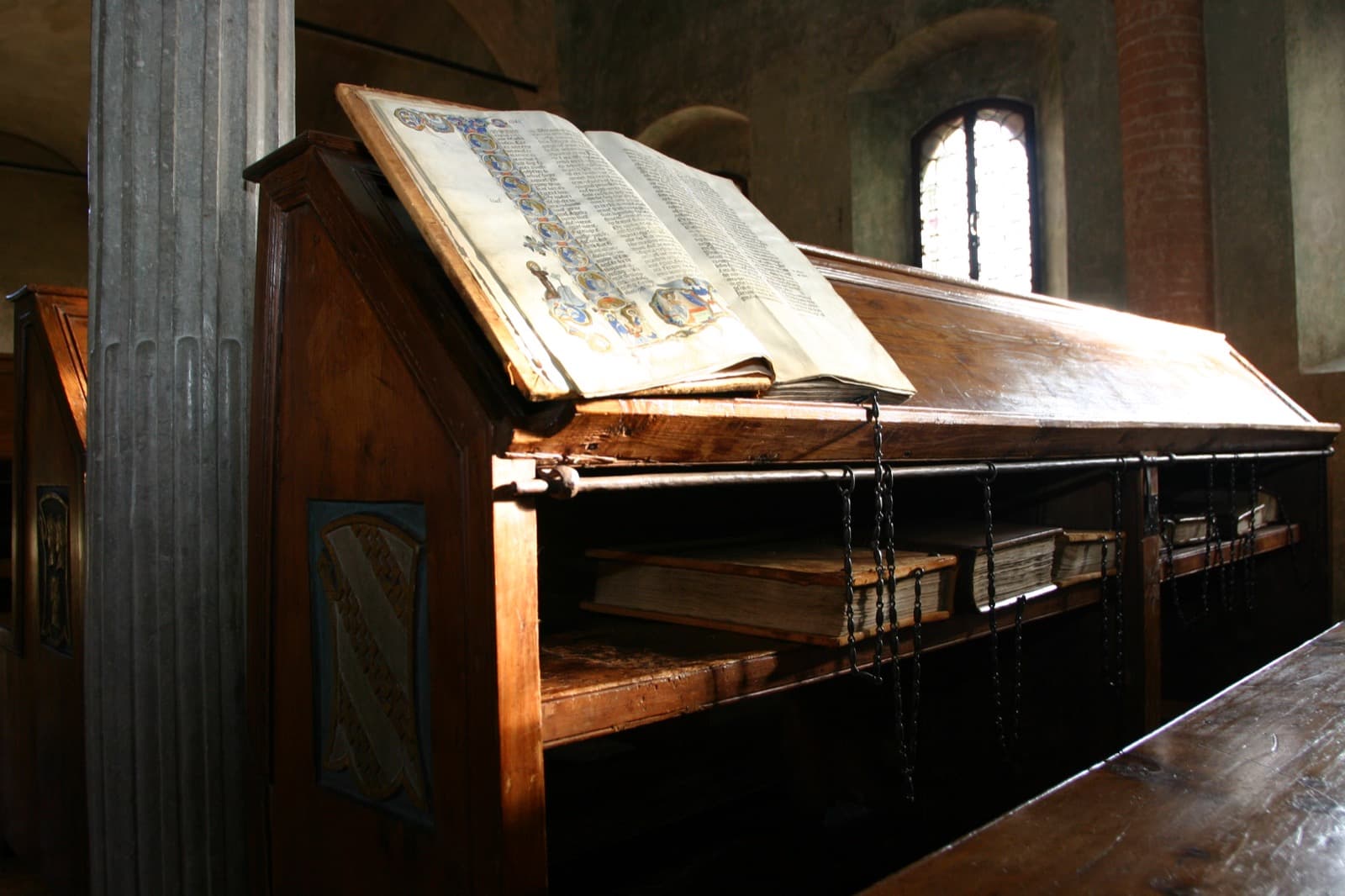
There are also plenty of curiosities to explore. Don’t miss the world’s smallest readable book, measuring just 15×9 mm! It contains a letter written by Galileo Galilei to Cristina of Lorraine, which can be read without a magnifying glass.
You’ll also find some intriguing Garibaldian relics tucked away among the shelves.
Author
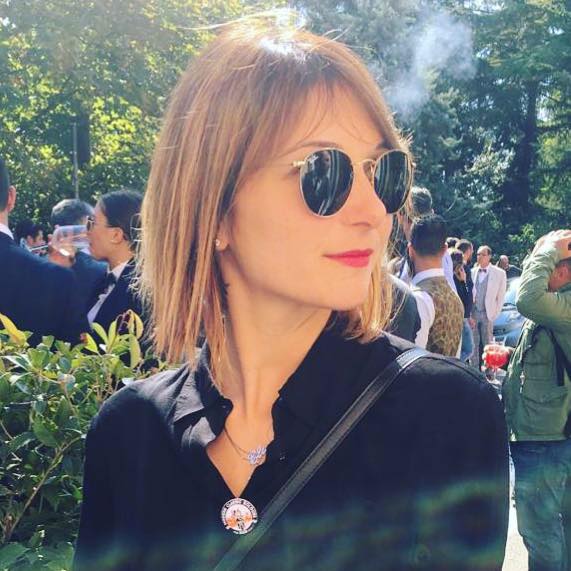
Elisa Mazzini
Social Media Manager for @inEmiliaRomagna and full-time mom.
You may also like
7 Must-See Historical Libraries in Emilia-Romagna
by Davide Marino /// November 21, 2023
7 museums in Emilia-Romagna you can visit for free
by Elisa Mazzini /// August 30, 2016
A weekend in the hills around Cesena: what to see and where to go
by Davide Marino /// November 6, 2020

Interested in our newsletter?
Every first of the month, an email (in Italian) with selected contents and upcoming events.
12 hidden art collections in Emilia-Romagna
by Tatiana Tomasetta /// February 21, 2024
